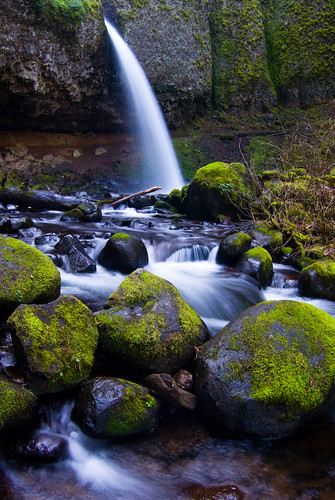Here's how I would do it. Get yourself a white balance card - I use the keychain sized
WhiBal. I've got mine clipped on my camera strap in a position where I can hold it a foot in front of the lens without un-clipping it, if that makes any sense. It's small, unobtrusive, and always ready to use.
So here's the procedure - take your sunset photo, and then quickly turn your body 180 degrees (so the sunset is lighting up the card) and shoot a photo of the white balance card. The reason I say "quickly' is because color temp changes RAPIDLY during sunset. You can experiment with what direction to point the card if you like, and make sure you angle it a little so it doesn't glare.
When you get home, open the photo of the white balance card in your RAW software, sample the card with the white balance sample tool (it's an eyedropper shaped thing in Adobe Camera RAW), and then transfer the color temp and tint settings over to your sunset photo. It's all very quick and easy, and you'll end up with the exact color temp of the the scene.
Do NOT use an 18% Grey card. Those are designed for exposure, and are not color free. You'll get a slight color-cast using one, although I guess for a sunset a slight color-cast wouldn't matter to much.


 Similar Threads
Similar Threads 





















